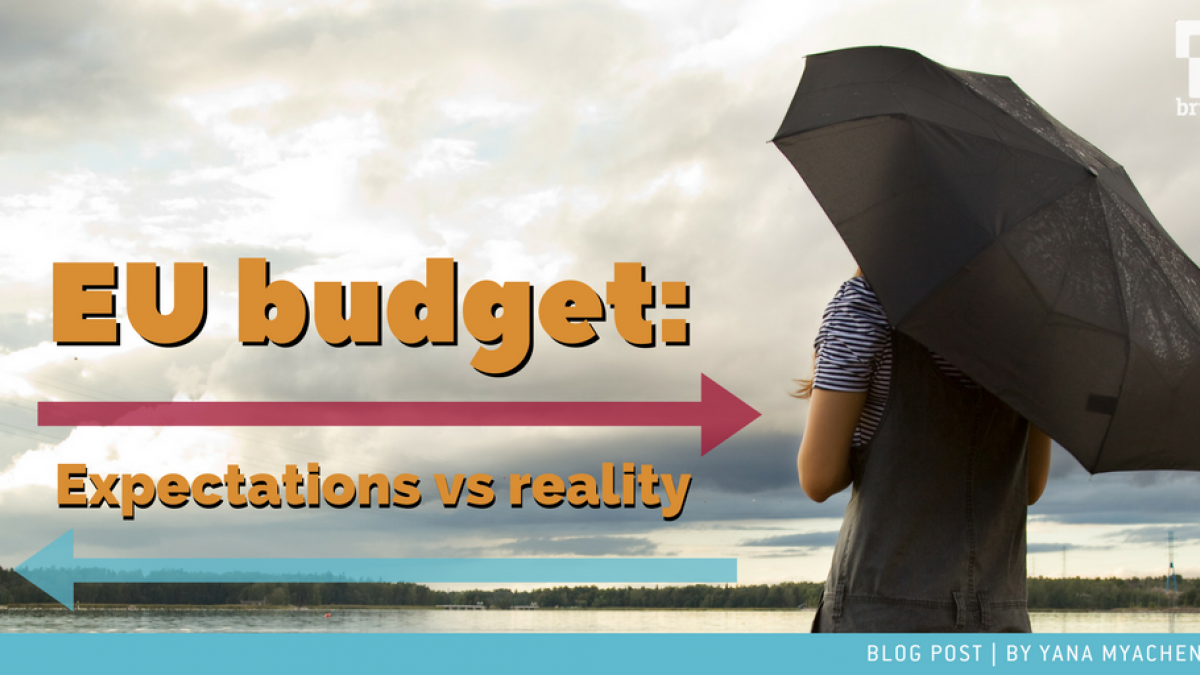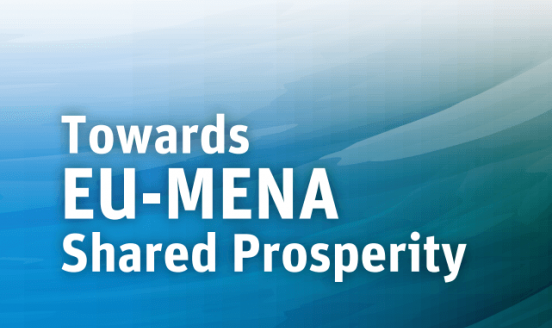EU budget: Expectations vs reality
The public's impressions of where money is spent in the European Union can often be wide of the mark. But whether this is a result of wishful thinking

As negotiations on the new multi-annual financial framework (MFF) are about to begin, we ask how well the public understands its objectives and how it is allocated.
In the graphs that follow, we show how EU citizens’ expectations of the EU budget allocation differ from the end-of-year financial reports published by the European Commission. The figures below show the difference between the real and expected allocation of the EU budget, comparing numbers of 2016 and 2014 with the survey opinions of April 2017 and 2015 respectively.
Overall, for the chosen time intervals, there are only slight fluctuations in the corresponding real and perceived shares, with the largest spending categories remaining unchanged. One can notice that while the majority of respondents think that most money has been allocated to administration (32% according to 2015 survey results and 34% according to 2017 survey results), the actual share of the administration expenditure was about 6% and 7% in 2014 and 2016 respectively.
Similarly, public health accounts for a relatively small proportion of the EU budget in both 2016 and 2014. In fact, its share was about 0.05% of the total in 2016, which is 260 times lower than the share perceived by the respondents of the TNS opinion & social survey, conducted as a part of the Eurobarometer.
Furthermore, almost half of the respondents would like EU budget to be allocated to the health sector (TNS, 2017). At the same time, similar differences between expectations and real numbers can be seen when one examines energy, transport and climate change and environmental protection spending. By contrast, views on the agriculture and rural development spending are biased in the opposite direction. Indeed, the agriculture and rural development share in the total pie is the largest and made up 41% and 39% of the budget in 2016 and 2014 respectively.
Hence, expectations diverge significantly from the real allocation of EU budget – and perceptions do not seem to have changed substantially within the last few years. While the expected EU spending on agriculture and rural development is perceived to be impressively smaller, funds allocation to public health, energy and climate change policy is largely overestimated by EU citizens. Therefore, those findings should shed some light on the EU citizens’ perceptions of the EU budget allocation.
It is unclear as to whether these perceptions reflect citizen’s wishes on how they would want the EU budget to be spent on, or simply reflect lack of information. Such divergence of perceptions from reality however, threatens the legitimacy of the budget and efforts should be made to align them.
Figures 1 and 2: The Real Allocation (2016) and Perceived (2017 survey results) of EU budget (in % of the total)
Sources: European Commission and Special Eurobarometer 461 – Wave EB87.2 – TNS opinion & social
Figures 3 and 4: The Real Allocation (2014) and Perceived (2015 survey results) of EU budget (in % of the total)
Sources: European Commission and Special Eurobarometer 461 – Wave EB87.2 – TNS opinion & social



